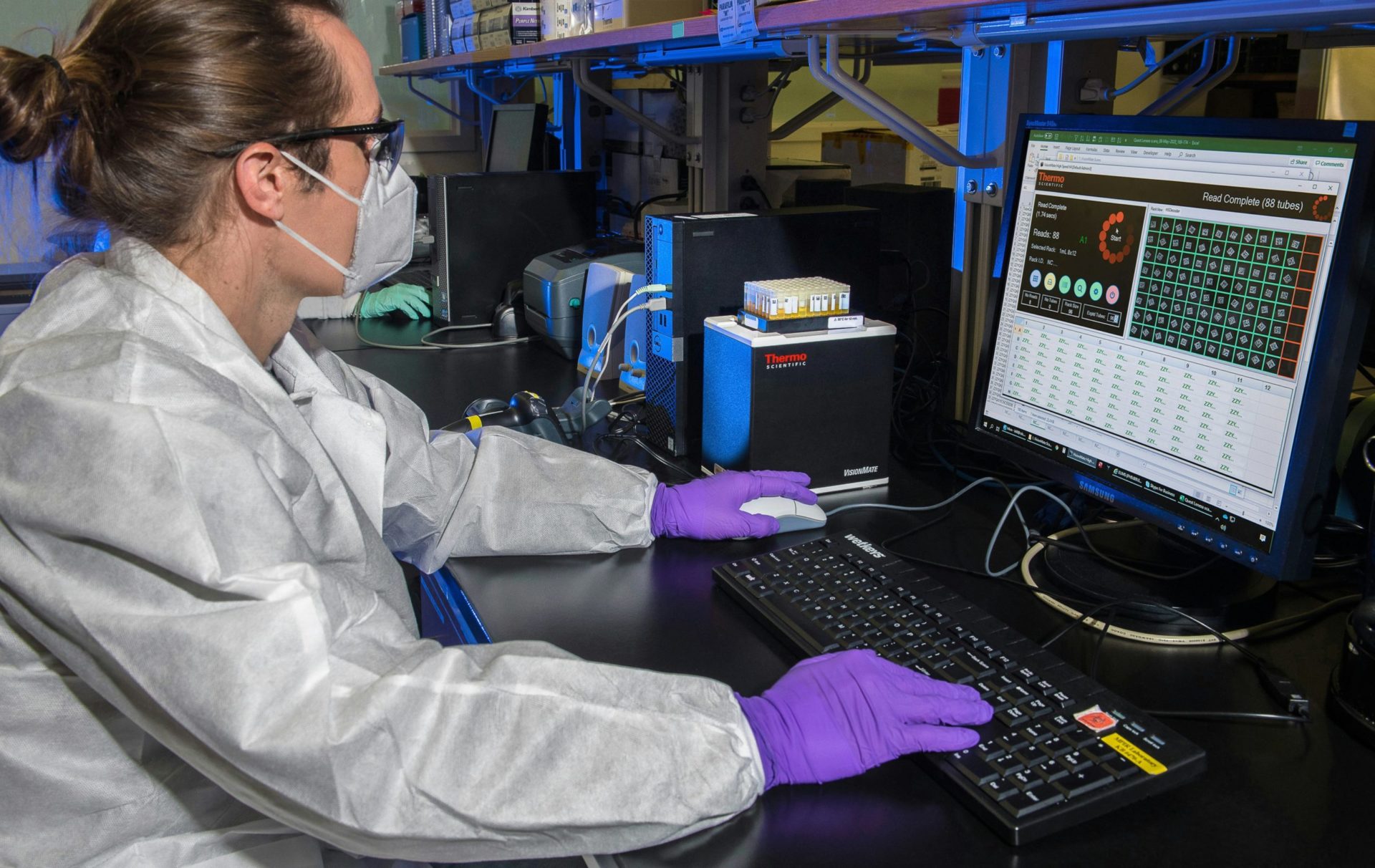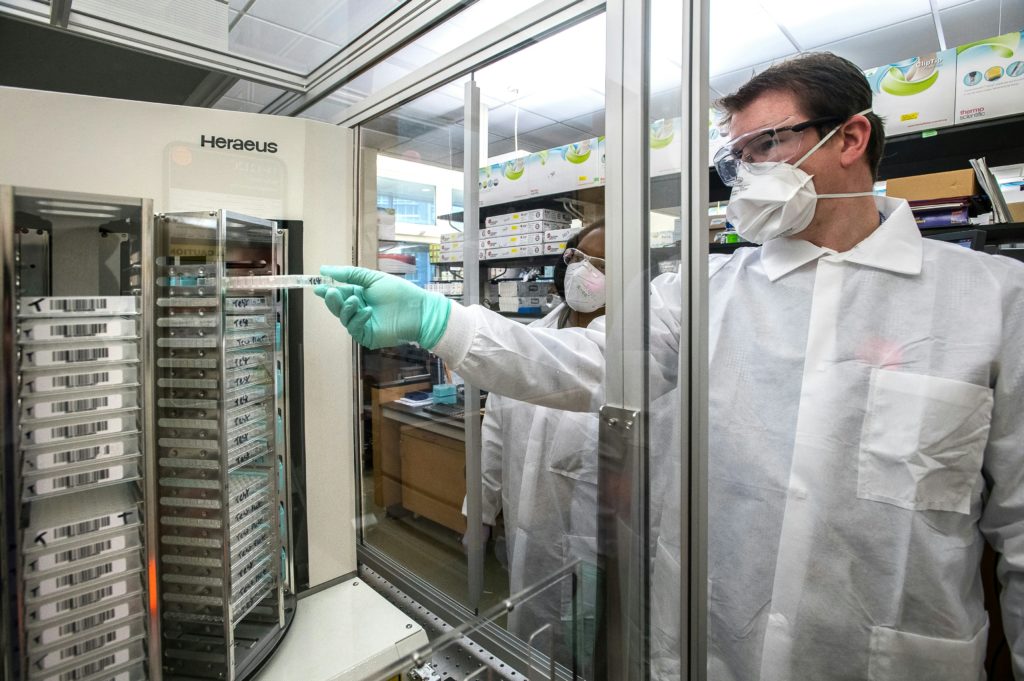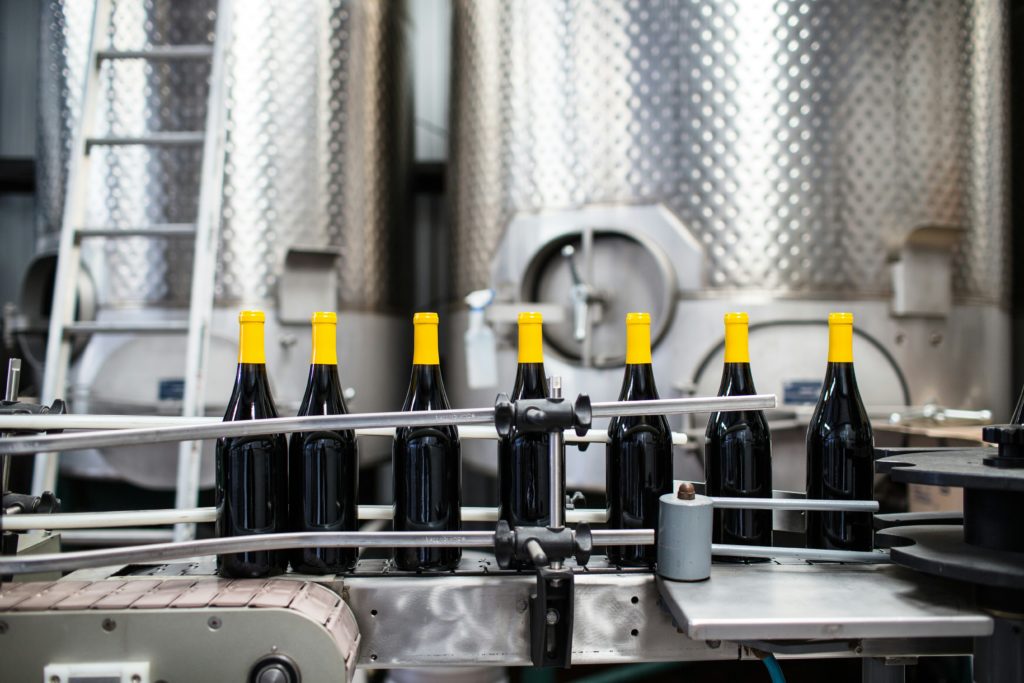
Enhancing Product Quality: The Importance of Process Monitoring in Temperature Control
Introduction: In the realm of manufacturing, ensuring product quality is paramount. One crucial aspect of maintaining this quality is monitoring temperatures throughout various processes. From food production to semiconductor manufacturing, temperature control plays a pivotal role in determining the end product’s integrity and consistency. This article delves into the significance of process monitoring in temperature regulation, its real-world applications, and the technologies driving these advancements.
Understanding Process Monitoring and Temperature Control
Process monitoring refers to the continuous observation, measurement, and analysis of various parameters and variables within manufacturing operations. These parameters can include temperature, pressure, humidity, flow rates, chemical concentrations, and more, depending on the specific processes involved. The goal of process monitoring is to maintain control over these variables to ensure that manufacturing processes operate within predefined specifications and standards.
Significance in Manufacturing
Quality Assurance
Process monitoring is integral to maintaining consistent product quality throughout the manufacturing cycle. By closely monitoring key parameters such as temperature, manufacturers can detect deviations from optimal conditions that may impact product quality. This proactive approach allows for timely adjustments and interventions to prevent defects and ensure that each product meets the desired specifications.
Efficiency and Optimization
Effective process monitoring enables manufacturers to identify inefficiencies and areas for improvement within their operations. By continuously monitoring temperature and other variables, companies can pinpoint bottlenecks, optimize resource utilization, and streamline production processes. This optimization leads to increased throughput, reduced cycle times, and lower production costs, ultimately enhancing overall operational efficiency.
Compliance and Regulatory Requirements
Many industries are subject to strict regulatory standards and compliance requirements regarding manufacturing processes and product quality. Process monitoring plays a crucial role in ensuring compliance with these regulations by providing real-time data and documentation of process parameters. By maintaining accurate records of temperature measurements and adherence to specified ranges, manufacturers can demonstrate compliance with regulatory authorities and avoid costly penalties or product recalls.
Risk Mitigation
Temperature control is particularly critical in industries where temperature-sensitive materials or processes are involved, such as food production, pharmaceuticals, and electronics manufacturing. Process monitoring helps mitigate risks associated with deviations from optimal temperature ranges, such as microbial contamination, chemical reactions, or component failures. By proactively monitoring temperature variations and implementing corrective actions, manufacturers can minimize the likelihood of product defects, safety hazards, and costly downtime.
Process monitoring is a fundamental aspect of modern manufacturing operations, encompassing the continuous observation and control of various parameters to ensure product quality, operational efficiency, regulatory compliance, and risk mitigation. By leveraging advanced monitoring technologies and data analytics tools, manufacturers can optimize their processes, enhance product consistency, and maintain a competitive edge in the market.
Definition of Process Monitoring
Process monitoring embodies the systematic observation, measurement, and analysis of various parameters and variables intrinsic to manufacturing operations. These parameters encompass a broad spectrum, including but not limited to temperature, pressure, flow rates, chemical concentrations, humidity levels, and mechanical vibrations. Process monitoring operates as the vigilant watchdog of production environments, continuously scrutinizing the intricate dynamics of manufacturing processes. It involves the deployment of sensors, data acquisition systems, and analytical tools to gather real-time insights into the performance and behavior of industrial processes.
Significance in Manufacturing
Quality Assurance and Consistency: At the core of process monitoring lies its pivotal role in upholding product quality and consistency. By vigilantly monitoring critical parameters like temperature, manufacturers can swiftly detect deviations from optimal conditions that might jeopardize product integrity. This proactive approach enables prompt interventions to rectify anomalies, ensuring that each manufactured item adheres to stringent quality standards. Consistent product quality not only fosters customer satisfaction but also fortifies brand reputation and loyalty in the fiercely competitive marketplace.
Operational Efficiency and Optimization: Process monitoring serves as a catalyst for driving operational excellence and efficiency within manufacturing facilities. By continuously scrutinizing temperature levels and other key variables, organizations can pinpoint inefficiencies and bottlenecks hindering productivity. Armed with real-time insights, manufacturers can orchestrate targeted interventions to optimize resource utilization, streamline workflows, and minimize production downtime. The resultant efficiency gains translate into heightened throughput, reduced cycle times, and ultimately, enhanced profitability.
Compliance Adherence and Regulatory Obligations: Across diverse industries, adherence to stringent regulatory standards and compliance mandates is non-negotiable. Process monitoring emerges as a linchpin in ensuring compliance with regulatory frameworks governing manufacturing operations. Through meticulous monitoring and documentation of process parameters, particularly temperature thresholds, organizations can furnish irrefutable evidence of compliance to regulatory authorities. By adhering to prescribed standards, manufacturers safeguard themselves against potential legal repercussions, fines, and reputational damage arising from non-compliance.
Risk Mitigation and Safety Assurance: The significance of process monitoring is particularly pronounced in industries where temperature-sensitive materials and processes prevail. Whether in food production, pharmaceuticals, or electronics manufacturing, meticulous temperature control is imperative for averting safety hazards and mitigating operational risks. By vigilantly monitoring temperature variations and promptly addressing deviations, manufacturers preemptively safeguard against potential perils such as microbial contamination, chemical reactions, and equipment malfunctions. This proactive risk mitigation not only bolsters workplace safety but also shields organizations from the financial fallout of product recalls and liability claims.
In essence, process monitoring stands as the cornerstone of modern manufacturing excellence, embodying a holistic approach to quality assurance, operational efficiency, regulatory compliance, and risk management. Through the seamless integration of advanced monitoring technologies and data analytics capabilities, manufacturers can chart a course toward sustained growth, innovation, and competitive advantage in the ever-evolving global marketplace.

The Role of Temperature Control in Maintaining Product Quality
Preservation of Product Integrity
Temperature control serves as a guardian of product integrity across diverse manufacturing sectors. In industries such as food processing and pharmaceuticals, precise temperature regulation is imperative for preserving the freshness, nutritional value, and efficacy of products. Whether it’s maintaining cold chain integrity to prevent spoilage or controlling heat during cooking or sterilization processes, temperature control safeguards against quality degradation, ensuring that end products meet consumer expectations.
Optimization of Chemical Reactions
Temperature plays a pivotal role in catalyzing or inhibiting chemical reactions within manufacturing processes. From polymerization and crystallization to fermentation and distillation, precise temperature control dictates the kinetics and outcomes of chemical transformations. By maintaining optimal temperature conditions, manufacturers can harness the full potential of chemical processes, yielding products with desired properties, purity, and performance characteristics. Deviations from optimal temperature ranges can lead to undesired by-products, reduced yields, and compromised product quality.
Consistency in Material Properties
In industries like plastics manufacturing and metallurgy, temperature control is indispensable for ensuring uniformity and consistency in material properties. From melting and molding thermoplastics to annealing and tempering metals, temperature variations profoundly influence material behavior and structural integrity. Consistent temperature control throughout processing stages minimizes variations in material properties, such as strength, durability, and dimensional stability. This consistency translates into products that meet stringent quality specifications and exhibit predictable performance under diverse operating conditions.
Prevention of Microbial Growth and Contamination
Temperature control plays a critical role in mitigating the risk of microbial growth and contamination in sensitive manufacturing environments. In food processing, pharmaceutical production, and biotechnology, maintaining specific temperature ranges inhibits the proliferation of harmful microorganisms that can compromise product safety and shelf life. From pasteurization and sterilization to cold storage and incubation, precise temperature control acts as a barrier against microbial contamination, safeguarding consumer health and regulatory compliance.
Enhancement of Product Aesthetics and Sensory Attributes
Temperature control influences not only the chemical and physical properties of products but also their aesthetic appeal and sensory attributes. In sectors like confectionery, baking, and cosmetics, temperature modulation imparts desirable textures, flavors, and appearances to end products. Whether it’s tempering chocolate to achieve a glossy finish or controlling oven temperatures for uniform browning in baked goods, precise temperature control elevates product aesthetics, enhancing consumer appeal and marketability.
In essence, temperature control is a linchpin of product quality across diverse manufacturing domains, exerting a profound influence on chemical processes, material properties, microbial safety, and sensory attributes. By prioritizing precise temperature regulation throughout production workflows, manufacturers can uphold the highest standards of product quality, consistency, and consumer satisfaction, reinforcing their reputation as industry leaders committed to excellence.

Implications of Temperature Variations on Product Consistency and Safety
Impact on Product Quality and Uniformity
Temperature variations within manufacturing processes can have profound implications for product consistency and uniformity. In industries such as food production, pharmaceuticals, and plastics manufacturing, even slight deviations from optimal temperature ranges can result in variations in product texture, color, and composition. For example, in baking, fluctuations in oven temperature can lead to uneven browning or inconsistent texture in baked goods, compromising their visual appeal and consumer satisfaction. Similarly, in pharmaceutical manufacturing, variations in temperature during drug formulation or storage can affect the potency, stability, and dissolution rates of medications, impacting their therapeutic efficacy and patient outcomes.
Risk of Microbial Contamination and Spoilage
Temperature variations pose a significant risk of microbial contamination and product spoilage, particularly in perishable goods and sensitive manufacturing environments. In food processing, inadequate temperature control during storage, transportation, or processing can create conducive conditions for microbial growth, leading to foodborne illnesses and product recalls. Similarly, in pharmaceutical production, temperature fluctuations in cleanrooms or storage facilities can compromise the sterility of medications, rendering them unsafe for consumption. Controlling temperature within precise ranges is paramount for inhibiting microbial proliferation and ensuring product safety throughout the supply chain.
Compromised Structural Integrity and Performance
Temperature variations can compromise the structural integrity and performance of materials and products, especially in industries like automotive manufacturing and electronics assembly. For instance, in welding processes, inadequate temperature control can result in incomplete fusion or excessive heat-affected zones, leading to weld defects and structural weaknesses in automotive components. Likewise, in electronics manufacturing, thermal cycling during soldering or reflow processes can induce mechanical stress and premature component failure, affecting the reliability and longevity of electronic devices. Maintaining consistent temperature profiles is essential for ensuring the structural integrity and functional performance of manufactured products under diverse operating conditions.
Regulatory Non-Compliance and Liability Risks
Temperature variations that exceed regulatory limits or industry standards can expose manufacturers to compliance violations and liability risks. Regulatory agencies impose strict requirements on temperature control in industries such as food, pharmaceuticals, and healthcare to safeguard consumer health and ensure product safety. Failure to comply with temperature-related regulations, such as the FDA’s Food Code or Good Manufacturing Practices (GMP) guidelines, can result in regulatory sanctions, fines, and legal liabilities. Moreover, product recalls due to temperature-related quality issues can tarnish brand reputation, erode consumer trust, and incur substantial financial losses for manufacturers.
In conclusion, temperature variations within manufacturing processes have far-reaching implications for product consistency, safety, and regulatory compliance. Implementing robust temperature control measures, including monitoring, calibration, and corrective actions, is essential for mitigating risks, ensuring product quality, and safeguarding consumer health and confidence. By prioritizing precise temperature regulation across all stages of production, manufacturers can uphold the highest standards of quality, safety, and compliance, positioning themselves as industry leaders committed to excellence and consumer protection.